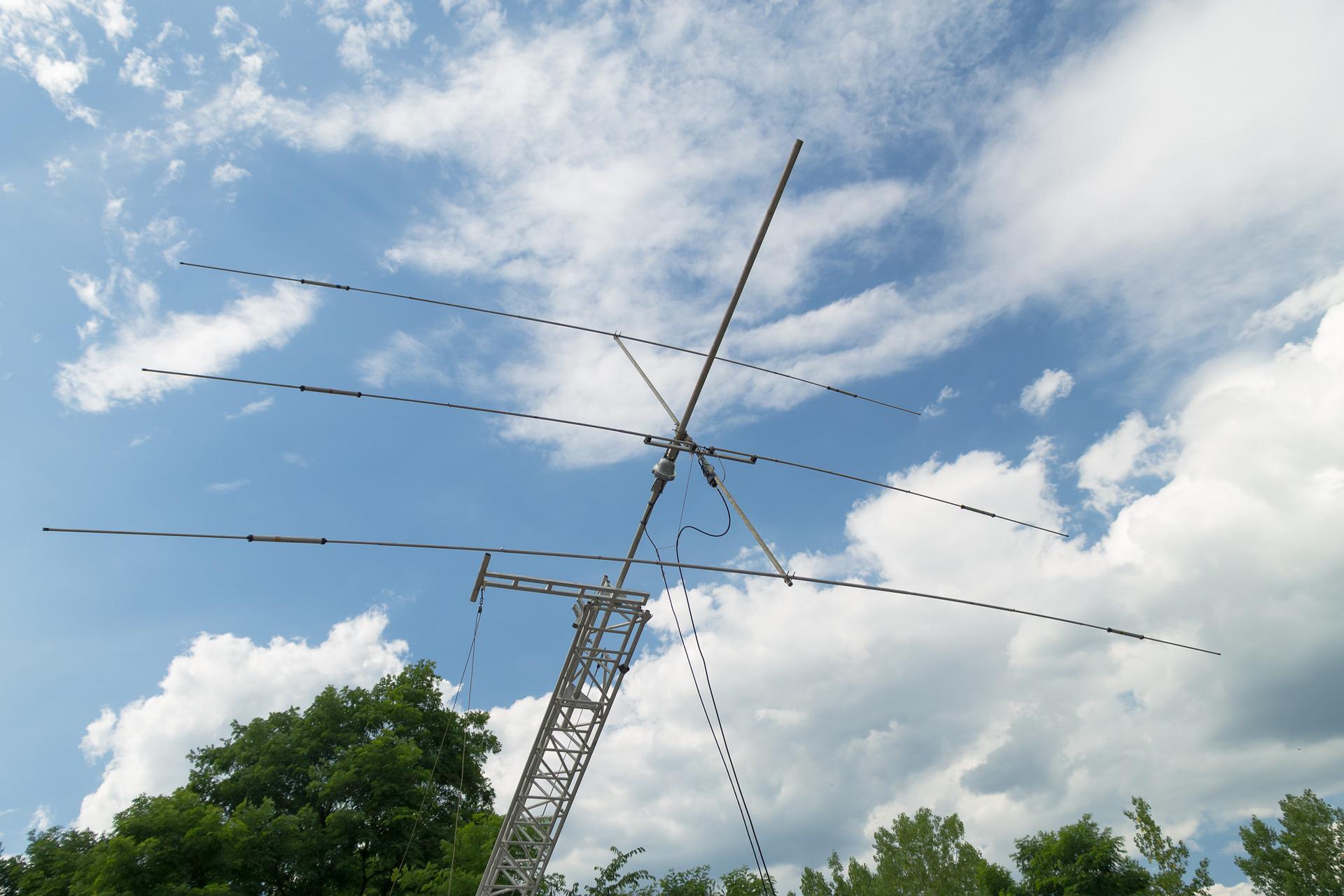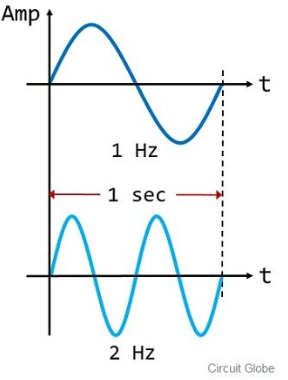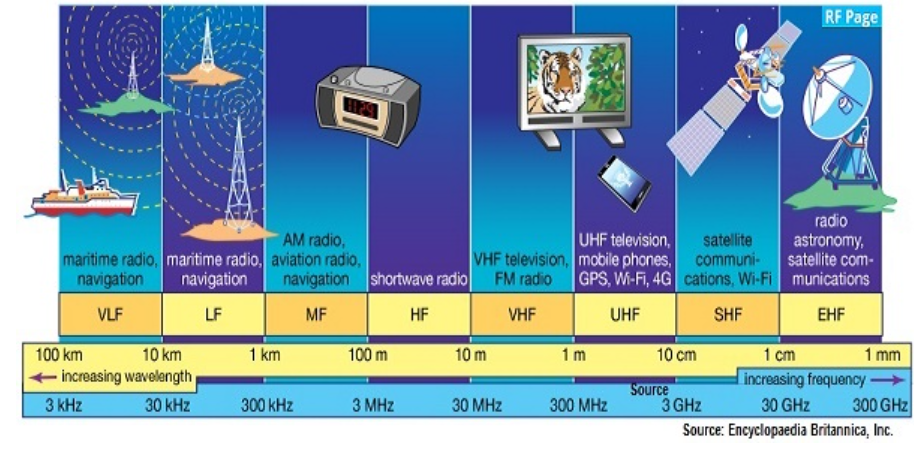
Communications
Home > Learn > Tech > Communications
Introduction
After the basic needs of Sustenance and Safety have been achieved, human interaction become vitally important. In order to avoid problems such as loneliness, depression, and anxiety, it is important for people to feel connected to others and to the world. The key to these connections is communications.
In the modern “always on, always connected” world of internet-enabled cell phone communications, it is difficult to imagine (or remember) a time when you couldn’t immediately contact whoever you wanted. However, even a cursory review of both natural and man-made disasters consistently shows that communications is one of the first systems that is impacted.
While organizing, configuring, and utilizing alternate communications systems is an undertaking unto itself, the technology itself is well understood: Radio.
Since its debut as “wireless telegraphy” in the late 1800’s, radio technology underpins every aspect of modern communications technologies. Television, Mobile Phones, WiFi, Bluetooth are all forms of radio. What is most useful to Preppers, Agorists, and people wanting to live in rural or disconnected areas is…. the old technology still works.
There are two key questions that form the basis for radio communication planning: – WHO do you want to communicate with? – WHERE are they located in relation to you?
With this information you can evaluate: – the frequencies that can be used – the types of radios that can be used – available communication schedules that would be possible – what types of information needs to be exchanged.
Radio Communication Basics
 Radio is the name for electromagnetic waves with a frequency between 30 hertz and 300 gigahertz. They are generated electronic devices call a transmitter connected to an antenna. The signal is picked by another antenna connect to another electronic device called a receiver.
Radio is the name for electromagnetic waves with a frequency between 30 hertz and 300 gigahertz. They are generated electronic devices call a transmitter connected to an antenna. The signal is picked by another antenna connect to another electronic device called a receiver.
Radio waves are one small part of the larger electromagentic spectrum. A given location within the specturm is specificed by its frequency. Frequency is defined as cycles/second and measured in Hertz.
The bottom end of the spectrum is the electricity that exists in your home power system (60 Hertz in the US). At the other end is X-rays, microwaves, and sunlight.
As we’re talking about communications, multiple parties are involved. For them to be successful, they have to be using the same methods, in the same place in the spectrum. This has led to the segmentation of groups of frequencies into bigger areas that are called bands. Bands are often referred to either their use (AM or FM Broadcast band) or more specifically by the length of the resulting radio wave at that frequency, known as the wavelength.

The method of communication refers to the type and structure of the electromagnetic wave (or radio wave) that is produced by the equipment. While there a many such methods with complicated designators and properties, there are two that are familar to most people:
- AM – Amplitude Modulation. The strength of the wave is varied with regard to the signal being sent.
- FM – Frequency Modulation. The frequency of the wave is varied with regard to the signal being sent.
To see how this comes together, listeners of AM or FM broadcast radio are familar with the numbers used to identify their favorite stations. In the AM broadcast band the stations numbers are the frequency in Kilohertz (x 1,000 Hertz). For the FM broadcast band the numbers are the frequency in Megahertz (x 1,000,000 Hertz).
Chattanooga, TN Radio Stations:
- WSKD, KZ106 operates on 106 Mhz using Frequecy Modulation (FM).
- WGOW, News Radio 1150 operates on 1150 Khz using Amplitude Modulation (AM).
From these examples, you can see that anyone interested has been provided enough information to find the signal. Who (callsign), Where (frequency), How (AM or FM).
One other aspect that needs to be addressed in these examples are those station identification letters. As radio spectrum is both valuable and unconstrained — radio waves freely pass through geopolitical boundaries – radio frequencies are highly regulated by international treaties. Those station letter are the callsign of the station. The international treaties delegate the management of spectrum to government agencies in each country. In the United States, the Federal Communication Commission (FCC) is responsible for issuing callsigns and coordinating the frequency allocations of all radio communications systems. In short, you can’t just use any frequency you want.
The FCC has divided up each of the bands into allocations — areas where certain activities and rules apply. If you comply with those rules you can use the specturm. To take the commerical radio stations listed above, each of them applied for a license to transmit radio signals of a certain type in a certain way. Their callsigns indicate the permission to operate granted to them by the government and can be used to lookup the owner and operating rights granted to them.
What does this mean for people wanting to communicate with other using radio? It means you have to find equipment and frequencies that you can obtain a license for, or you have to find frequencies for which a license is not required.
Licensed and Unlicensed Frequencies
Unlicensed Frequencies
The amount of radio spectrum for which licenses are not required is exceedingly small. These bands are also subject to extremely specific technical restrictions in terms of power output, modulation methods, antenna construction, etc.
Unlicensed frequencies in the US are defined under the heading “Personal Radio Services” and consist of:
Citizen Band Radio Service (CB)
This service operates in the High Frequency (HF) spectrum around 27Mhz — the 11 meter band — and consists of 40 defined channels. Power is limited to 12 watts of power for Single Side Band (SSB) or 4 watts for AM signals. All equipment must be type-certified (i.e. no homebuilt equipment)
Family Radio Service (FRS)
This service is comprised of 22 channels in the Ultra High Frequency (UHF) spectrum around 462 Mhz. Radios for this band have fixed antennas and specific channels are limited to either 0.5 watts or 2 watts of FM signals. Useful for very short range communications.
General Mobile Radio Service (GMRS)
This service includes the FRS frequencies plus an additonal 8 frequencies which can utilize higher power, up to 50 watts, and also utilize repeaters to increase coverage range.
The use of the addtional channels requires that the operator obtain a “system” license. This license is strictly administrative and a single license covers all of the radios and users in the system.
Multi-Use Radio Service (MURS)
This service consists of 5 channels in the Very High Frequency (VHF) spectrum around 151 Mhz. Radios are limited to 2 watts of voice or data. No repeaters or amplifiers are permitted.
Industrial, Scientific, and Medical bands (ISM)
Unlicensed There is additional unlicensed spectrum that is permitted for Wireless Lan (WIFI), mesh networks, microwave ovens, telemetry, etc. These networks operate in several bands within the ISM space: 2.4 Ghz, 3.6 Ghz, and 5.7Ghz. There are numerous and varied methods in use in these bands. The most common contained within the IEEE 802.11 standard family. These modes have designators like 802.11a, 802.11g, and 802.11an.
The use of any of these services presents numerous constraints on the design and implementation of a communication system. Power and range are severely limited as are equipment availablity and no modifications are permitted. These services are very short range and are highly congested in most areas.
Licensed Radio Services
There are several radio services available for which licenses can be obtained. Different rules, costs, and operating characteristics are available — and different technical requirements for licensing.
Private Land Mobile Radio Service
Private land mobile radio systems are used by companies, local governments, and other organizations to meet a wide range of communication requirements. These systems often share frequencies with other private users. These licenses are fairly expensive and must be renewed regularly. High power levels, repeaters, and readily available equipment make this the primary (non cellular) communication service for businesses.
VHF FM 150-174 Mhz
UHF FM 421-512 Mhz
Industrial, Scientific, and Medical (ISM) – Licensed
Licensees in the Industrial/Business Radio Pool use radio to support business operations. Their communications systems are used for support of day-to-day business activities, such as dispatching and diverting personnel or work vehicles, coordinating the activities of workers and machines on location, or remotely monitoring and controlling equipment.
This service operates as channels in the 800-950Mhz spectrum. Most systems in this space are dependent on repeaters and multi-channel trunking arrangments. Equipment is complicated and requires specialized tools, equipment, and training to configure and maintain.
Amateur Radio Service (Ham Radio)
From the FCC:
“The amateur and amateur-satellite services are for qualified persons of any age who are interested in radio technique solely with a personal aim and without pecuniary interest.”
Ham radio provides access to available radio spectrum across 29 frequency bands covering the entire radio spectrum. In addtion, in excess of 1,300 digital, analog, pulse, and spread-spectrum emission types may be utilized at power levels as high as 1,000 watts. Equipment of all types may be created, modified, or converted for use.
This level of flexibilty and access is provided with two specific requirements:
1) A license is required. There are several license types available. A short exam covering regulations and technical topics is required.
2) No business use is permitted.
Equipment for Ham radio is readily available usually cost effective. Infrastructure in the form of local repeaters all the way to satellite communications is accessible with only minor restrictions based on license type.
Amateur Radio has proven itself over the last 100 years as being a core component of communications in disasters. From local direct communications, to area and regional linked repeaters, to around the world shortwave operations, Amateur radio provides the most versitile base for building a private communication system.
Closing Remarks
While Amateur radio provides the most flexible and versatile base for a communication system, it is far from a complete solution. The inability to utilize true privacy controls, in the form of encryption, to conduct direct business, and the requirement to go through a licensing process lead to the conclusion that a combination of people, processes, and technologies are required to fully meet the overall communications objectives.
Amateur Radio Links:
American Radio Relay League
Cleveland (TN) Amateur Radio Club
Chattanooga (TN) Amateur Radio Club
Dalton (GA) Amateur Radio Club
Survivalist/Prepper Links:
The American Preparedness Radio Network (TAPRN)
RadioMaster Reports – Survivlist Communications for the SHTF Prepper